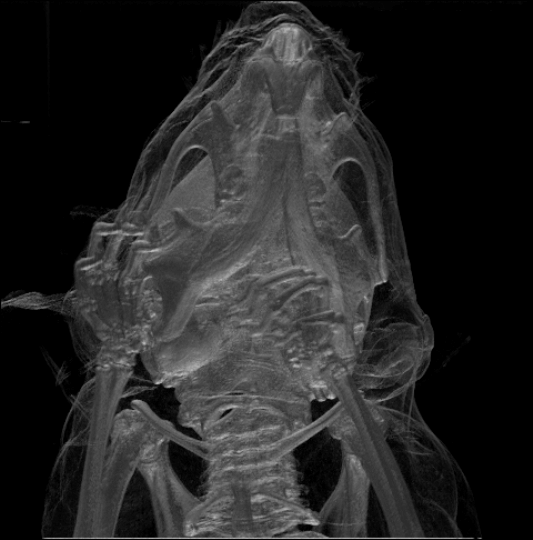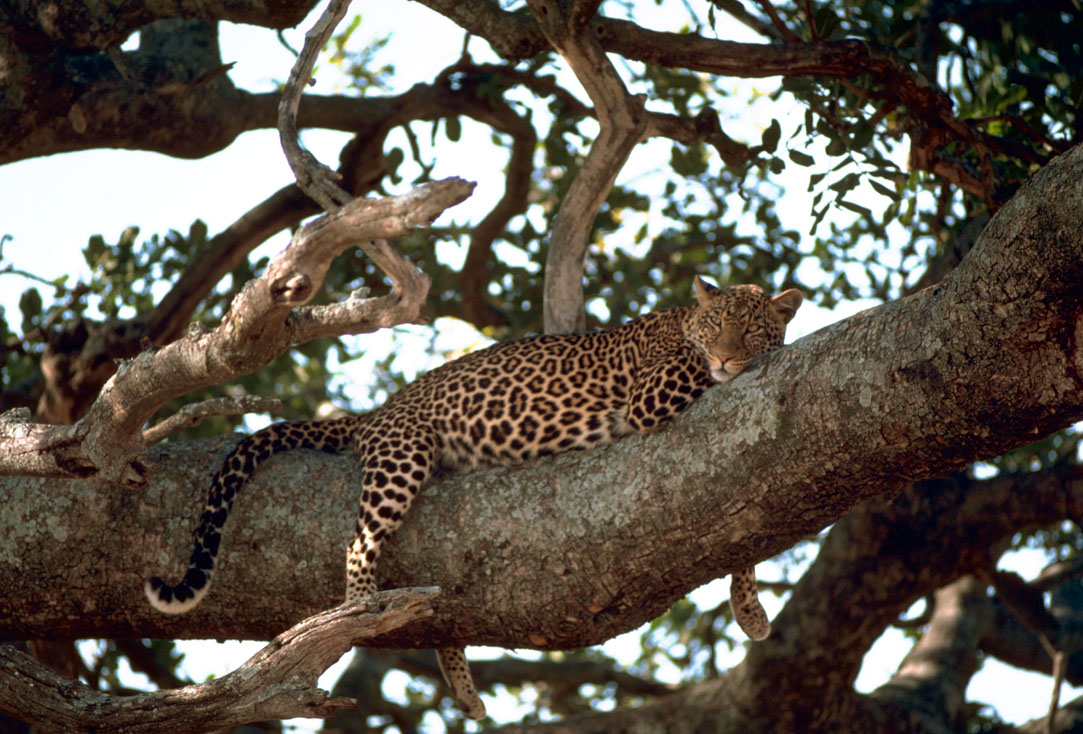|
Pacarana
The pacarana (''Dinomys branickii'') is a rare and slow-moving hystricognath rodent indigenous to South America. Native Tupi people call it the ''pacarana'' (false paca) because it is superficially similar to the paca, a different rodent which is not in the same family. The pacarana has a chunky body and is large for a rodent, weighing up to and measuring up to in length, not including the thick, furry tail. The pacarana is nocturnal and is found only in tropical forests of the western Amazon River basin and adjacent foothills of the Andes Mountains. It ranges from northwestern Venezuela and Colombia to western Bolivia, including the Yungas. It is common in Cotapata National Park in Bolivia. The pacarana is the sole extant member of the rodent family Dinomyidae in the infraorder Caviomorpha; the paca that it resembles in appearance is in a different Caviomorph family, the Cuniculidae. Initially, the pacarana was regarded as a member of the superfamily Muroidea The Muroid ... [...More Info...] [...Related Items...] OR: [Wikipedia] [Google] [Baidu] |
Josephoartigasia Monesi
''Josephoartigasia'' is an extinct genus of enormous dinomyid rodent from the Early Pliocene to Early Pleistocene of Uruguay. The only living member of Dinomyidae is the pacarana. ''Josephoartigasia'' is named after Uruguayan national hero José Artigas. It contains two species: ''J. magna'', described in 1966 based on a left mandible, and ''J. monesi'', described in 2008 based on a practically complete skull. Both are reported from the San José Member of the Raigón Formation by the Barrancas de San Gregorio along the shores of Kiyú beach. The skull of ''J. monesi'' measures , similar to a beef cow skull, equating to a full body length of —though this is likely an overestimate—and a weight of about . This makes ''J. monesi'' the biggest rodent ever discovered. It was much larger than ''J. magna'', giant hutia or the largest living rodent, the capybara, which averages . ''J. monesi'' also had a massive bite force of approximately at the incisors (on par with large ... [...More Info...] [...Related Items...] OR: [Wikipedia] [Google] [Baidu] |
Dinomyidae
The Dinomyidae are a family (biology), family of South American hystricognath rodents: the dinomyids were once a very speciose group, but now contains only a single living species, the pacarana. Several of the extinct dinomyids were among the largest rodents known to date; these included the bison-sized ''Josephoartigasia monesi'' and the smaller ''Josephoartigasia magna''. The dinomyids are thought to have occupied ecological niches associated with large grazing mammals due to their ability to compete with the Meridiungulata, native ungulates of South America. On the other side, they could feed on aquatic or swampy plants along the ancient rivers. These large forms disappeared after the formation of a Great American Interchange, connection to North America. The modern pacarana is only modest in size, considerably smaller than the capybara. The Neoepiblemidae, an entirely extinct family, may actually be part of the Dinomyidae; both groups are undoubtedly closely related. Genera ... [...More Info...] [...Related Items...] OR: [Wikipedia] [Google] [Baidu] |
Rodents Of Brazil
Rodents (from Latin , 'to gnaw') are mammals of the Order (biology), order Rodentia ( ), which are characterized by a single pair of continuously growing incisors in each of the upper and Mandible, lower jaws. About 40% of all mammal species are rodents. They are native to all major land masses except for Antarctica, and several oceanic islands, though they have subsequently been introduced to most of these land masses by human activity. Rodents are extremely diverse in their ecology and lifestyles and can be found in almost every terrestrial habitat, including human-made environments. Species can be arboreal, fossorial (burrowing), saltatorial/ricochetal (leaping on their hind legs), or semiaquatic. However, all rodents share several morphological features, including having only a single upper and lower pair of ever-growing incisors. Well-known rodents include Mouse, mice, rats, squirrels, prairie dogs, porcupines, beavers, Cavia, guinea pigs, and hamsters. Once included wi ... [...More Info...] [...Related Items...] OR: [Wikipedia] [Google] [Baidu] |
Caviomorpha
Caviomorpha is the rodent parvorder that unites all New World hystricognaths. It is supported by both fossil and molecular evidence. The Caviomorpha was for a time considered to be a separate order outside the Rodentia, but is now accepted as a genuine part of the rodents. Caviomorphs include the extinct Heptaxodontidae (giant hutias), the extinct '' Josephoartigasia monesi'' (the largest rodent ever known) and extant families of chinchilla rats, hutias, guinea pigs and the capybara, chinchillas and viscachas, tuco-tucos, agoutis, pacas, pacaranas, spiny rats, New World porcupines, coypu and octodonts (Vassallo and Antenucci, 2015). Origin The first known rodent fossils in South America are represented by the three taxa ''Cachiyacuy contamanensis'', ''C. kummeli'', and ''Canaanimys maquiensis'', as well as teeth from ''Eobranisamys'' sp. (Dasyproctidae) and ''Eospina'' sp., the latter two found also in the Santa Rosa fauna from the late Eocene or early Oligocen ... [...More Info...] [...Related Items...] OR: [Wikipedia] [Google] [Baidu] |
Hystricognath Rodents
The Hystricognathi are an infraorder of rodents, distinguished from other rodents by the bone structure of their skulls. The masseter medialis (a jaw muscle) passes partially through a hole below each eye socket (called the infraorbital foramen) and connects to the bone on the opposite side. This, together with their lack of an infraorbital plate and the relative size of the infraorbital foramen, distinguishes hystricognaths from other rodent groups. The 18 families within the Hystricognathi are divided into two parvorders, the Phiomorpha and the Caviomorpha. The Caviomorpha are mostly native to South America, with a few species in the Caribbean and North America, while the Phiomorpha occur in the Old World. Behavior Play behavior has been observed in seven hystricognath families. The caviomorphs chase each other, play-wrestle, and gallop. The longer-legged species chase more often than the shorter-legged species. They also rotate their heads and body muscles as a form of p ... [...More Info...] [...Related Items...] OR: [Wikipedia] [Google] [Baidu] |
Phoberomys Pattersoni
''Phoberomys pattersoni'' is an extinct rodent that lived in the ancient Orinoco River delta around 8 million years ago. It was the second-largest of the roughly seven species of its genus. Like many other rodents, ''Phoberomys'' was a herbivore with high-crowned premolars and molars. Description An almost complete skeleton was discovered in the Urumaco Formation at Urumaco, Venezuela, in 2000.''Phoberomys pattersoni'' at .org The new species was later classified with the name ''Phoberomys pattersoni'' in honor of palaeontologist Brian Patterson. Originally, ''Phoberomys pattersoni'' was estimated as being approximately 741 kg based on dimensions of the [...More Info...] [...Related Items...] OR: [Wikipedia] [Google] [Baidu] |
Santa María Del Mar District (Peru)
Santa María del Mar () is a district in southern Lima Province in Peru. It is bordered by the Pacific Ocean on the west, the district of San Bartolo on the north, the Chilca District of the Cañete Province on the east, and the Pucusana District on the south. It is well known for its beaches and attracts many beachgoers every summer. Many of them also rent apartments during this season, making its population increase considerably. The district has some restaurants and a club with a large seawater swimming pool. The most popular beaches in the district are ''Santa María'' (also known as ''Playa Grande'') and ''Embajadores''. History The land upon which the district was built was originally known as Curayacu–Poza de Santa María, originally an archeological site with remains dating back to the era of the Incan Empire and before. The site was visited by archeologists , from Switzerland, and Bernardino Ojeda, from Peru, in the 1960s. The remains unearthed in the area were ... [...More Info...] [...Related Items...] OR: [Wikipedia] [Google] [Baidu] |
Muroidea
The Muroidea are a large Taxonomic rank, superfamily of rodents, including mice, rats, voles, hamsters, lemmings, Gerbillinae, gerbils, and many other relatives. Although the Muroidea originated in Eurasia, they occupy a vast variety of habitat (ecology), habitats on every continent except Antarctica. Some authorities have placed all members of this group into a single family, Muridae, due to difficulties in determining how the subfamily, subfamilies are related to one another. Many of the families within the Muroidea superfamily have more variations between the families than between the different clades. A possible explanation for the variations in rodents is because of the location of these rodents; these changes could have been due to radiation or the overall environment they migrated to or originated in. The following Taxonomy (biology), taxonomy is based on recent well-supported molecular phylogeny, molecular phylogenies. The muroids are classified in six family (biology), f ... [...More Info...] [...Related Items...] OR: [Wikipedia] [Google] [Baidu] |
Scansorial
Arboreal locomotion is the locomotion of animals in trees. In habitats in which trees are present, animals have evolved to move in them. Some animals may scale trees only occasionally (scansorial), but others are exclusively arboreal. The habitats pose numerous mechanical challenges to animals moving through them and lead to a variety of anatomical, behavioral and ecological consequences as well as variations throughout different species. Cartmill, M. (1985). "Climbing". pp. 73–88 ''In'': Hildebrand, Milton; Bramble, Dennis M.; Liem, Karel F.; Wake, David B. (editors) (1985). ''Functional Vertebrate Morphology''. Cambridge, Massachusetts: Belknap Press. 544 pp. . Furthermore, many of these same principles may be applied to climbing without trees, such as on rock piles or mountains. Some animals are exclusively arboreal in habitat, such as tree snails. Biomechanics Arboreal habitats pose numerous mechanical challenges to animals moving in them, which have been solved in ... [...More Info...] [...Related Items...] OR: [Wikipedia] [Google] [Baidu] |
Mammals Of Bolivia
A mammal () is a vertebrate animal of the class Mammalia (). Mammals are characterised by the presence of milk-producing mammary glands for feeding their young, a broad neocortex region of the brain, fur or hair, and three middle ear bones. These characteristics distinguish them from reptiles and birds, from which their ancestors diverged in the Carboniferous Period over 300 million years ago. Around 6,640 extant species of mammals have been described and divided into 27 orders. The study of mammals is called mammalogy. The largest orders of mammals, by number of species, are the rodents, bats, and eulipotyphlans (including hedgehogs, moles and shrews). The next three are the primates (including humans, monkeys and lemurs), the even-toed ungulates (including pigs, camels, and whales), and the Carnivora (including cats, dogs, and seals). Mammals are the only living members of Synapsida; this clade, together with Sauropsida (reptiles and birds), constitutes ... [...More Info...] [...Related Items...] OR: [Wikipedia] [Google] [Baidu] |



